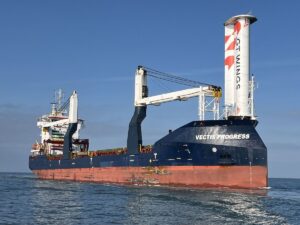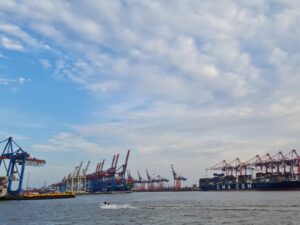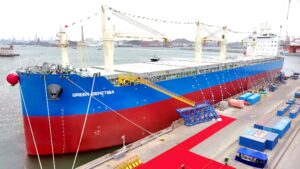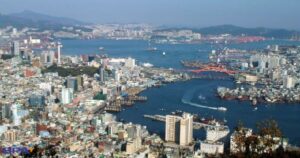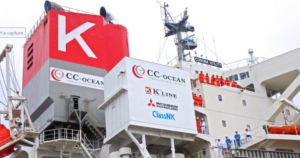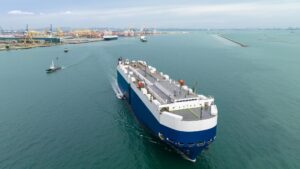Kitesurfing for Ships Explained
A fully automated power kite capable of towing commercial ships is a new solution that could help curb emissions in the shipping sector.
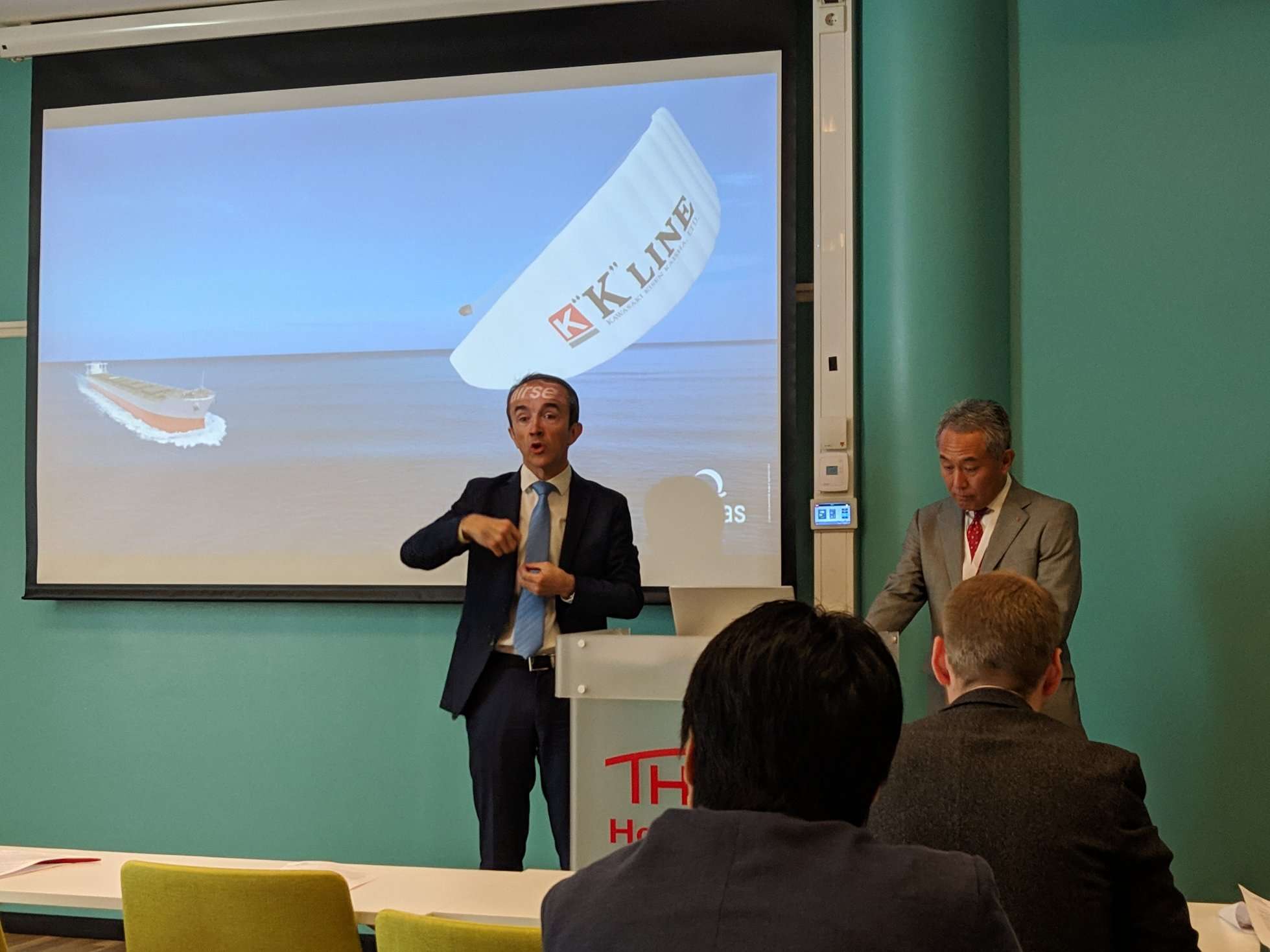
The innovative system, developed by Airseas, a France-based spin-off of Airbus Group, can provide ships with free and unlimited wind energy.
The core technology used is the model of a flying wing which originates from the aeronautics industry. The goal was to develop the wing that flies automatically mastering any weather conditions and keeping it safe, Vincent Bernatets, CEO and founder of Airseas told World Maritime News during a press briefing event at Nor-Shipping.
As explained, the officer only needs to press a button and the Seawing system takes care of itself. The kite is a large piece of folded tissue that is lifted at the top of the 35-meter high mast mounted on the bow of the vessel. The system is linked to the winch on the deck with a long cable, which contains special technology in itself. It then unfolds and starts flying, beginning its trajectory.
With the help of an interface, the captain can decide whether to use Seawing or not. The display provides information and optimizes a route which is then followed by the crew. When the wind goes down, the system advises the captain on whether the kite needs to be retrieved. Pressing the button, the system folds again and goes back to the deck.
According to Bernatets, to be active the system needs to have a wind speed between 8 and 40 knots. Specifically, it can be launched every three days during both day and night time and there is no limitation when it comes to the distance of a ship’s journey. The bigger the distance, the better because of the route optimization, he added.
Bernatets stressed that a high level of safety was a priority for Airseas when developing the system. The probability that the kite would fall in the water is 1 in 30 years, according to statistical data.
Airseas previously tested the system on board a roll-on/roll-off (RoRo) vessel “to prove that the technology from Airbus could be applied to the maritime industry as well.”
Two years ago, Airseas started discussions with Japanese shipping company K Line on how to apply the system aboard the company’s vessels. Last week, the duo officially signed a long-term agreement that will result in the installation and service of Seawing on one of K Line’s ships. Following the delivery of the first system, K Line would consider ordering up to 50 Seawing systems.
Airseas said that this major deal enables it to enter the merchant shipping market — the primary target for the company. As disclosed, the company will first focus on bulk carriers, tankers and containerships.
Airseas has already seen a lot of interest from the market for the automated power kite: “We are in discussions with several commercial shipowners both in bulker and tanker but also in containership segments.”
World Maritime News Staff


